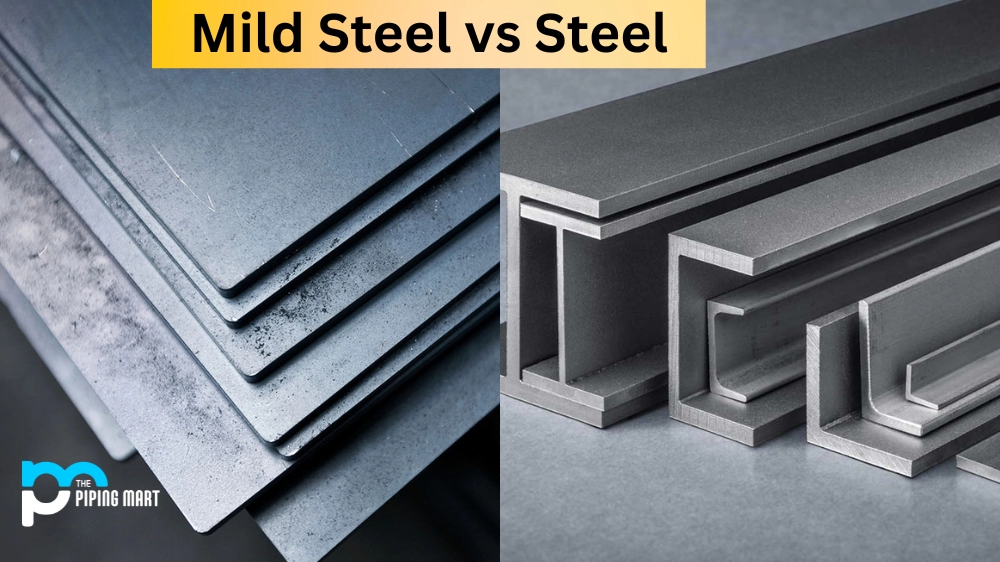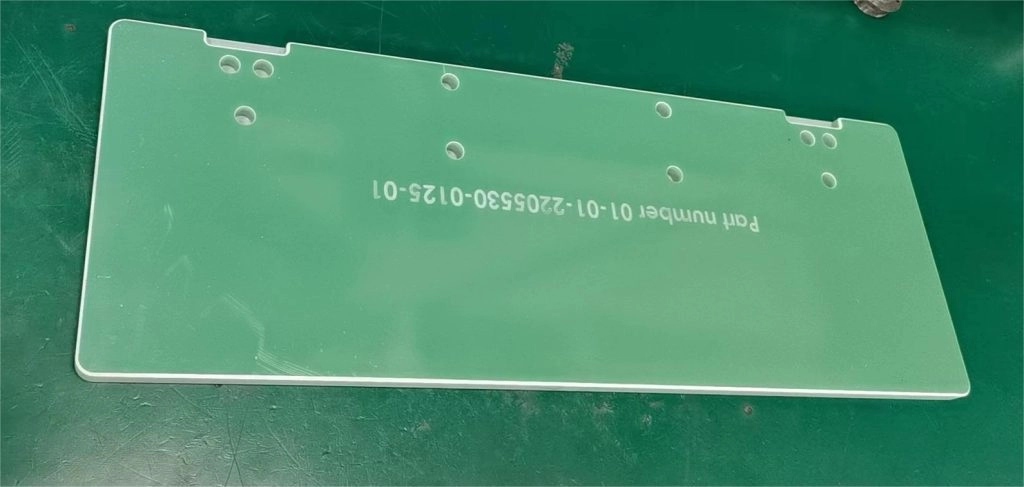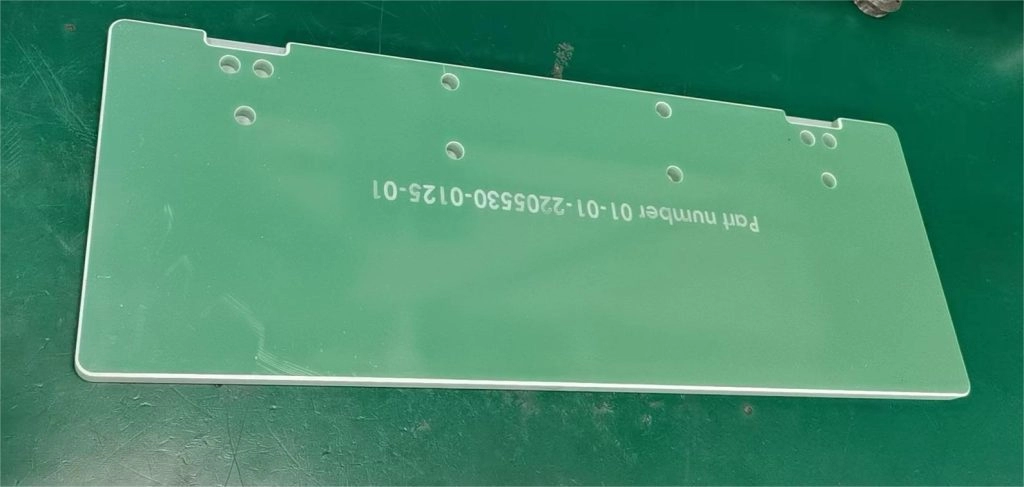Discover what milled steel is, its precision machining process, key benefits, and uses in automotive aerospace and custom fabrication projects.
The Steel Milling Process From Raw Block to Finished Component
Milling steel is like sculpting a rough block of clay into a precise, functional shape. It starts with a raw steel block, often a solid billet or slab, which then goes through subtractive metal fabrication. Using advanced CNC machining steel equipment, the milling process removes unwanted material, shaping the block into the desired component with tight tolerances and smooth finishes.
Core Mechanics of Steel Milling
At its core, milling involves rotating cutting tools that glide across the steel surface, shaving off layers. This subtractive process relies on high-speed spindles and automated controls to direct the cutter’s path accurately. The precision milled components emerging from this process meet stringent engineering standards with fine detail.
Types of Milling Techniques
Milling varies by the tool movement and cutting technique used:
- Face Milling: Removes material from the steel’s surface for a flat finish
- Peripheral Milling: Cuts deeper grooves and profiles
- Slot Milling: Creates narrow slots or channels
- Contour Milling: Shapes complex curves and edges
Each type offers specific benefits, depending on the final design requirements.
Equipment Spotlight
Modern steel milling depends heavily on:
- CNC Milling Machines: Offer repeatable precision and complex shapes
- Vertical and Horizontal Mills: Adaptable for different component geometries
- Cutting Tools: Carbide and high-speed steel cutters suited to carbon and alloy steel milling
These tools make intricate industrial steel shaping techniques faster and more reliable than ever.
Preparing Steel for Milling
Before milling begins, proper material prep is essential:
- Cleaning: Removes surface rust and debris
- Stress Relieving: Reduces internal tensions to prevent warping
- Dimensional Inspection: Confirms raw block meets size tolerances
Thorough prep ensures the milling process runs smoothly, delivering components ready for assembly or further finishing.
Understanding these steps highlights how milled steel transforms from a raw block into high-precision parts that power industries.
Milled Steel vs Mild Steel Clearing Up the Confusion

People often mix up milled steel and mild steel, but they’re quite different. Milled steel refers to steel that has been shaped or finished using precision milling machines—think CNC machining—to create accurate, custom parts. On the other hand, mild steel is a type of carbon steel known for its low carbon content, making it more flexible and easier to weld but not necessarily precision-cut.
Side-by-Side Comparison Table
| Feature | Milled Steel | Mild Steel |
|---|---|---|
| Definition | Steel precisely shaped through milling | Low carbon steel, soft and ductile |
| Process | CNC machining, subtractive fabrication | Processed normally by rolling or casting |
| Precision | High – tight surface finish tolerances | Low – standard steel sheet or bar |
| Common Uses | Custom steel prototyping, complex components | Structural projects, general fabrication |
| Cost | Higher due to machining and prep | Generally lower and widely available |
| Strength | Can include alloyed steel for added strength | Moderate strength, flexible |
Why the Mix-Up Happens
The confusion usually comes from the word “milled,” which sounds similar to “mild.” Also, “milled steel” isn’t a steel grade but a description of how steel has been processed. Mild steel, however, is a specific low-carbon steel grade common in many everyday uses.
When to Choose Each
- Pick milled steel when you need precision parts with exact dimensions, a superior surface finish, or components for industrial steel shaping that require tight tolerances.
- Choose mild steel if your project calls for a durable but cost-effective material that’s easy to weld or shape but doesn’t need tight machining precision.
Understanding these differences helps you select the right material for your needs without wasting money or time on unnecessary machining or material qualities.
Key Properties and Benefits of Milled Steel
Physical Properties
Milled steel is known for its precise shape and smooth surface finish. Because it’s created through CNC machining and subtractive metal fabrication, it has tighter tolerances compared to other steel types. You’ll find milled steel components are uniform in thickness and often have better dimensional accuracy. This makes it ideal for parts that need to fit perfectly or move smoothly.
Advantages
- High precision: Perfect for custom steel prototyping and parts needing exact specifications.
- Consistent surface quality: Ideal for applications where appearance or friction matters.
- Improved machinability: Milling helps relieve internal stresses, making the steel easier to work with in later stages.
- Strong and durable: Maintains the toughness of alloy steel or carbon steel grades used.
Limitations
- Cost: Milled steel usually costs more than mild steel due to extra machining steps.
- Material waste: Subtractive processes generate more scrap compared to forging or casting.
- Not always suitable for large volume runs: Milling can be slower than other shaping techniques for mass production.
Standards Compliance
Milled steel often meets industry standards relevant to the steel grade used (like ASTM or SAE). Plus, the milling process helps maintain consistent dimensions to support quality control requirements common in U.S. manufacturing sectors. Always check with your supplier to ensure compliance with your project’s specifications.
Real-World Applications Where Milled Steel Shines

Milled steel plays a crucial role across many industries thanks to its precision and durability. Here’s a quick look at where it really stands out:
- Automotive: Used for engine parts, gears, and chassis components where exact fit and strength are critical.
- Aerospace: Ideal for aircraft frames and turbine parts that demand tight tolerances and reliability.
- Manufacturing: Essential in custom steel prototyping and CNC machining steel parts for machines and tools.
- Construction: Used in milling structural steel components that require specific dimensions and smooth finishes.
- Oil and Gas: Vital for heavy-duty parts like valves and pump components that face harsh conditions.
Case Study Teaser
Imagine a manufacturer crafting precision milled components for a state-of-the-art electric vehicle. Using advanced steel milling processes, they achieved superior machining tolerances that boosted performance and lowered costs—showing how milled steel helps build the future of transportation.
If you want to explore how these processes fit your projects, check out our detailed guides on [precision milled components] and [industrial steel shaping techniques].
How to Source and Work with Milled Steel

Sourcing Guide
Finding quality milled steel in the U.S. is easier when you focus on reliable suppliers who specialize in precision milled components and alloy steel milling. Look for vendors that offer clear specs on steel surface finish tolerances and provide certifications for standards compliance. Local steel fabricators or custom steel prototyping shops often have ready stock or can order to meet your exact needs. Don’t hesitate to ask about machining capabilities and delivery timelines to keep your projects on track.
Machining Best Practices
When working with milled steel, keep these machining tips in mind:
- Use sharp tools suitable for carbon steel machining to maintain clean cuts.
- Maintain coolant flow to reduce heat and prolong tool life.
- Stick to recommended feed rates to avoid surface damage or warping.
- Double-check measurements since precision milled steel often has tight tolerances you can’t afford to miss.
These steps help ensure your subtractive metal fabrication runs smoothly and your finished parts fit perfectly.
Sustainability Angle
Choosing milled steel from suppliers who prioritize sustainable practices can make a difference. Many mills now recycle scrap steel in production, reducing waste and lowering energy use. Additionally, machining milled steel efficiently cuts down on material scrap, making your project more eco-friendly. Ask your supplier about their sourcing and recycling practices to align your work with green initiatives common in U.S. manufacturing today.
Frequently Asked Questions FAQ
What is milled steel?
Milled steel is steel that has been shaped and finished using a milling machine. This process removes material from a raw steel block to create precise components with smooth surfaces.
How is milled steel different from mild steel?
Milled steel refers to the machining process, while mild steel is a specific type of low-carbon steel. They’re often confused, but they’re not the same thing.
What types of milling are used on steel?
Common methods include CNC machining and subtractive metal fabrication. These techniques offer high precision for custom steel prototyping and alloy steel milling.
Can I use milled steel for custom projects?
Absolutely. Milled steel is great for projects requiring tight tolerances, precision-fit components, and a quality surface finish.
Is milled steel easy to machine?
It depends on the alloy and carbon content. Carbon steel is generally machinable, but alloy steels may need special tools or settings.
What industries use milled steel?
You’ll find milled steel in automotive, aerospace, manufacturing, and construction due to its strength and precision.
Where can I source quality milled steel in the US?
Look for suppliers offering custom steel prototyping services and local CNC machining capabilities to minimize lead times and shipping costs.
Does milling affect steel’s durability?
Milling can improve surface finish and dimensional accuracy but doesn’t usually change the steel’s fundamental strength or durability.
If you have more questions about milled steel or how to pick the right type for your project, feel free to reach out!
Elevate Your Projects with vast’s Milled Steel Expertise
When you’re ready to take your steel-based projects to the next level, vast is here to help with expert milled steel solutions. We specialize in delivering precision milled components that meet the highest quality and tolerance standards, perfect for industries across the United States. Whether you need custom steel prototyping, alloy steel milling, or CNC machining steel services, our team provides reliable support tailored to your needs.
Partnering with vast means you benefit from:
- Advanced steel milling process knowledge
- Attention to steel surface finish tolerances
- Efficient subtractive metal fabrication methods
- Deep understanding of machinability of carbon steel and other alloys
Ready to Get Started
Contact us today to discuss your project requirements and get a quote. Our experts will guide you through sourcing milled steel and machining best practices to ensure your parts perform flawlessly.
Related Reads
- Understanding CNC Machining Steel for Better Results
- Mild Steel vs Milled Steel: Choosing the Right Material
- Sustainable Steel Fabrication Methods in Modern Industry
With vast, your milled steel components are in good hands—let’s build something great together.